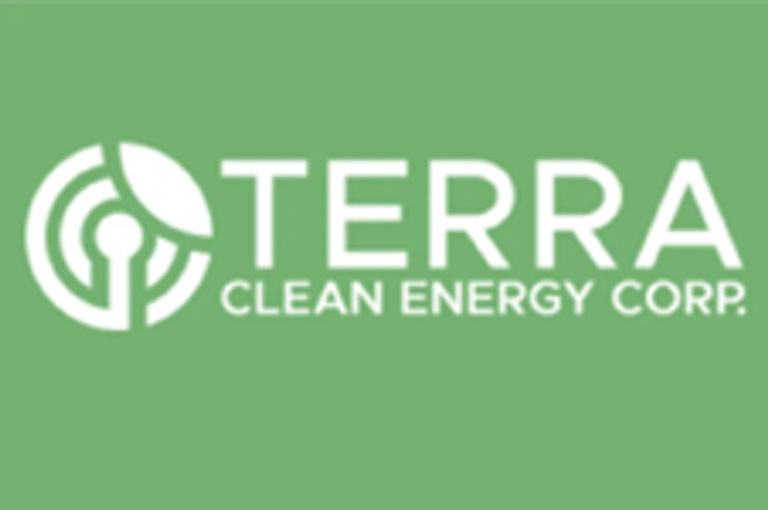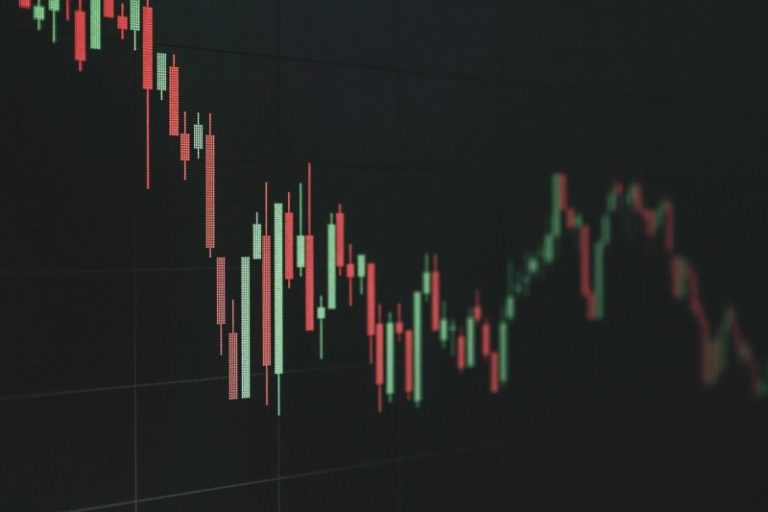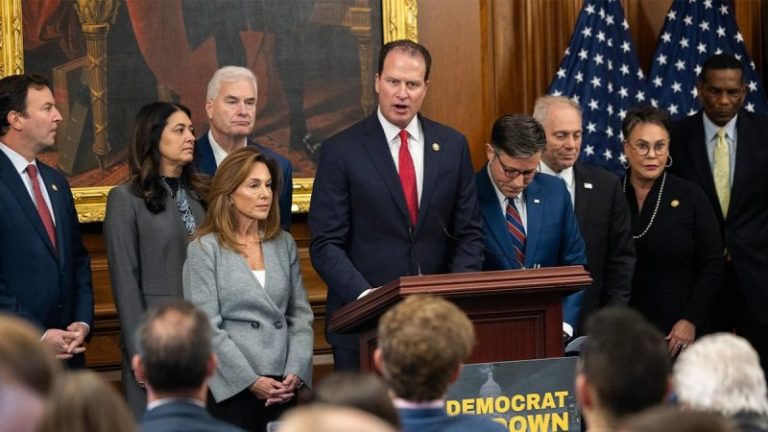Senate Democrats for years have warned of the negative side effects of government shutdowns that would largely affect their priorities, but as the shutdown drags on, they find themselves in direct opposition to their own pet projects.
‘There’s a tremendously twisted irony,’ Sen. Cynthia Lummis, R-Wyo., told Fox News Digital.
John Feehery of EFB Advocacy, who served as press secretary to former Republican House Speaker Dennis J. Hastert, said, ‘The most unbelievable thing’ about the shutdown is Democrats ‘hurting their own constituents.’
‘Democrats never shut the government down. This is the first time they’ve ever done this. I mean, they’ve let the Republicans shut the government down, but they’ve never done it on purpose,’ he said.
As Senate Democrats have pushed the shutdown into the longest on record, they still aren’t ready to reopen the government, even as millions who rely on food stamps from the Supplemental Nutrition Assistance Program (SNAP) are only set to get partial benefits.
Senate Minority Leader Chuck Schumer, D-N.Y., and his caucus have remained firm in their demand that they get a guarantee to extend expiring Obamacare premium subsidies in exchange for their votes to reopen the government.
Democrats have blasted President Donald Trump and his administration for threatening to not fund federal food benefits. Earlier this week, Trump said that food stamps would not be funded despite a court order requiring that they at least be partially paid for.
‘They’re the ones who shut down the government,’ Lummis said. ‘They won’t reopen it, and so they got nothing to complain about. It’s within their control to reopen the government. It’s in their control.’
His administration has since changed course, however, and announced in a memo from the U.S. Department of Agriculture that Americans that rely on the benefits would receive 65% of their typical allotted amount. A federal judge then ordered the administration to fully fund food benefits by Friday.
‘We’re finding out that it’s hurting the union workers, it’s hurting air travelers, it’s hurting people who rely on food stamps. I mean, it’s hurting Democrats,’ Feehery said. ‘Their higher priority is showing that they’re tough against Trump, and they’re more than happy to use their constituents as cannon fodder.’
Democrats acknowledge that the pain of the shutdown can’t be ignored but remain firm that their fight to extend the healthcare subsidies is one worth having.
‘Shutdowns suck. I want it over here, but I don’t think we have fully come to recognize how much pain is going to exist in this country when 4 million people lose their healthcare insurance,’ Sen. Chris Murphy, D-Conn., said. ‘That’s as devastating, if not more devastating, in the long run, than the pain people are feeling this month.’
Julian Epstein, former chief counsel for House Judiciary Committee Democrats, told Fox News Digital that Republicans had an opportunity to seize the narrative on healthcare.
‘If I were advising Trump, I would tell him to make the case in an Oval Office address that the Democrats are voting to close the government and that it’s the Republicans that want to open it. The president should also lay out his vision for controlling healthcare premiums,’ Epstein said. ‘Voters are starting to tune out the invective from both sides, and all the noise. They want a clear plan for their economic concerns.’
And Feehery similarly argued Republicans should take their moment on healthcare, pointing out that Democrats are effectively delaying the discussion on Obamacare by prolonging the shutdown.
‘If Republicans were smart, they would be talking about why Obamacare is fundamentally broken and how to fundamentally change that. But Republicans don’t really like to talk about healthcare, which is kind of annoying,’ he said. ‘But yeah, I do think that the fact that it’s gone past the [Nov. 1 open enrollment] deadline has made this even more complicated.’
There is a sense on Capitol Hill that the shutdown could be coming to an end, but Republicans contend it will be up to Senate Democrats.
A dozen centrist Democrats are mulling an offer from the GOP that would guarantee a vote on the expiring subsidies after the government reopens, coupled with the House-passed continuing resolution (CR) and a trio of spending bills to jump start the government funding process.
But many in the caucus say that’s not enough, and demand that Trump sit down and meet with Schumer and House Minority Leader Hakeem Jeffries, D-N.Y., to hash out a deal.
Democrats also believe that Republicans are feeling the heat from Tuesday night’s elections, where Democratic candidates swept their Republican opponents in statewide elections, and they point to comments Trump made that the shutdown was hurting the GOP.
Sen. James Lankford, R-Okla., contended that what Trump meant was Democrats were using the shutdown ‘to fire up their base.’
‘But I think it’s also incredibly sad that SNAP recipients and federal workers and their families and Head Start families all had to go without so they could help the New York City election,’ Lankford said. ‘And that’s pretty sad.’
Meanwhile, Rep. Andy Barr, R-Ky., who is running for U.S. Senate in Kentucky, told Fox News Digital, ‘Every day the Schumer Shutdown drags on, Americans pay the price — missed paychecks, canceled flights, and threats to public safety. Democrats aren’t helping anyone, they’re sowing chaos and achieving nothing.’
Still, Democrats largely remain firm that the only off-ramp they want starts at the White House.
‘Shutdowns are terrible. I mean, I don’t know what to tell you,’ Sen. Bryan Schatz, D-Hawaii, told Fox News Digital. ‘It’s really awful what people are going through. And the only way out of this is a negotiation.’
This post appeared first on FOX NEWS










